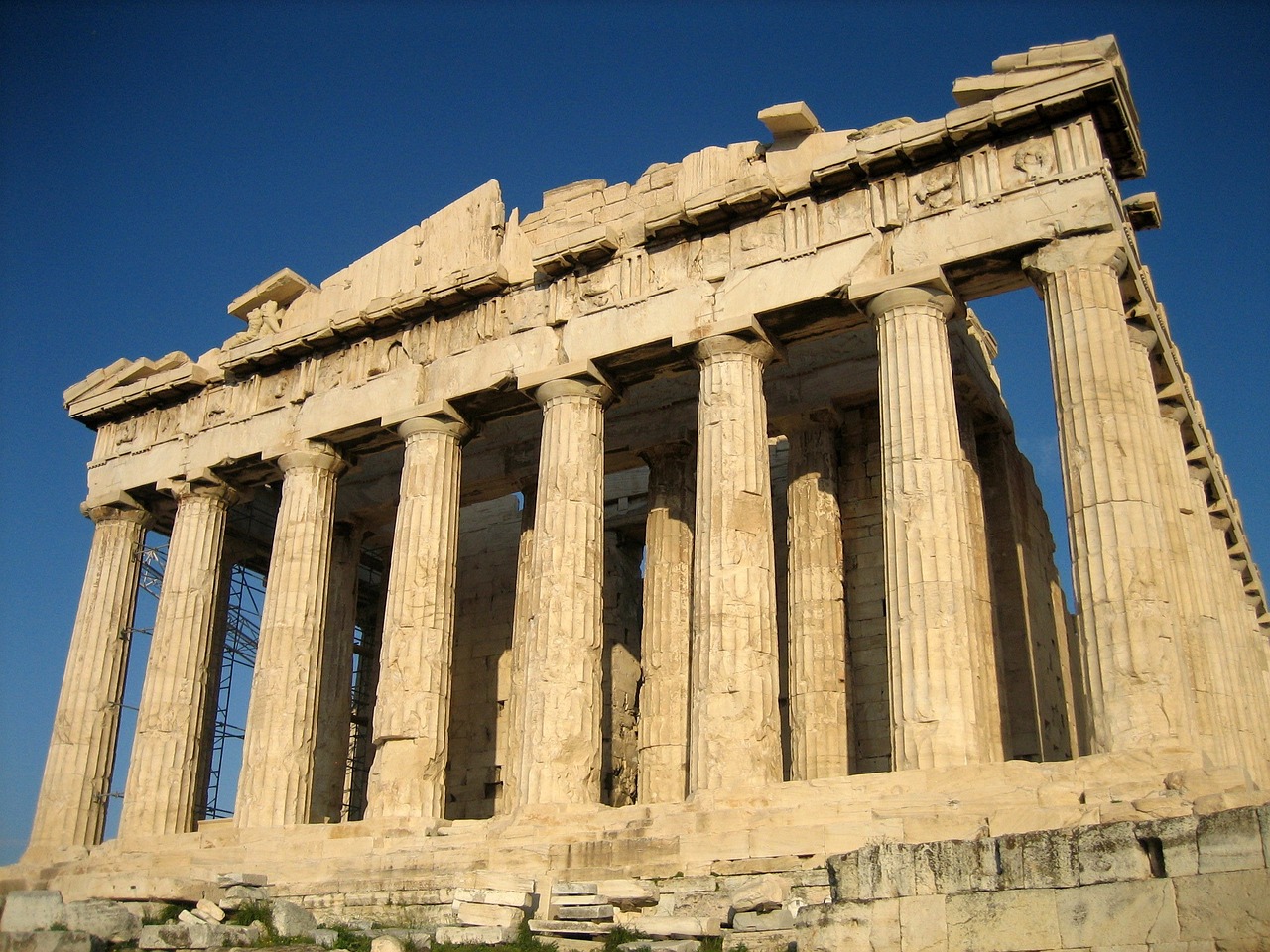Father Rupert Mayer
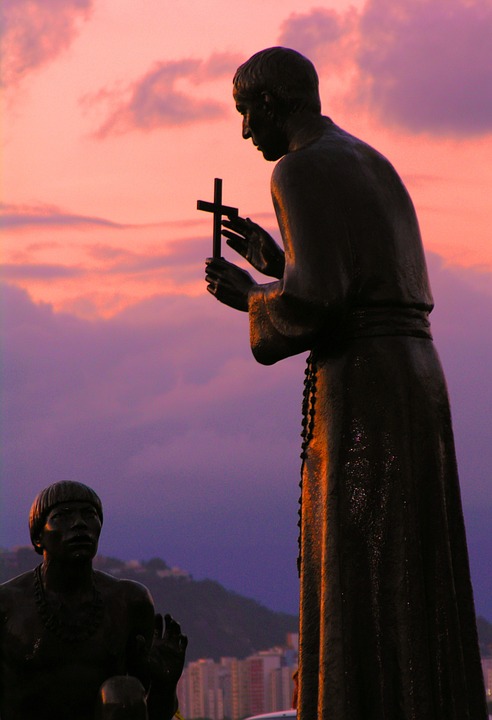
Father Rupert Mayer (23 January 1876 – 1 November 1945) was a German Jesuit priest and a leading figure of the Catholic resistance to Nazism in Munich.
He had a brother and four sisters who were raised in Stuttgart, Germany where his family were involved in business.
Rupert Mayer was a talented violinist and horse rider in his youth but he is best known for his apostolic endeavors in fulfilling his part of Jesus Christ's Great Commission to accomplish God's Purpose in Munich between the First and Second World Wars.
In 1894, Rupert Mayer completed his secondary education then studied philosophy in Freiburg, Switzerland and Munich and theology at Tübingen, Germany, for three years before entering the seminary at Rottenburg for his final year.
Ordination
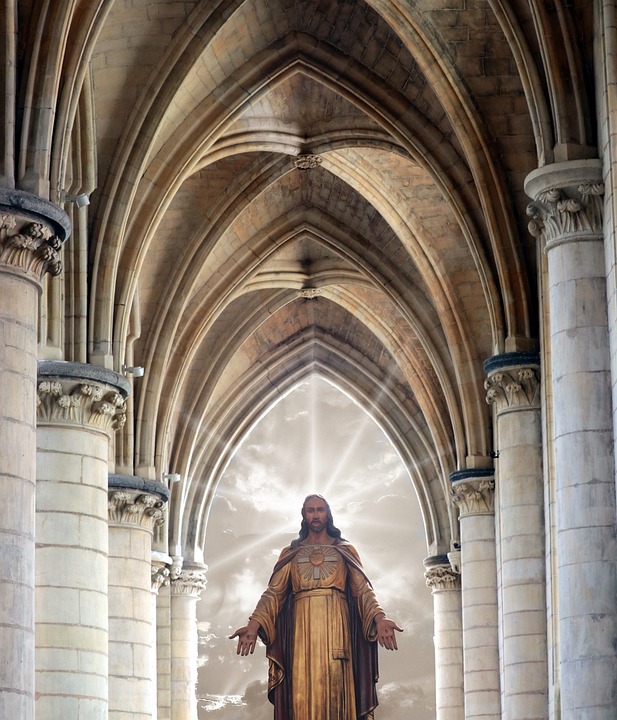
Catholic religious orders generally require their members to take three lifelong vows:
1. Poverty
2. Chastity
3. Obedience
A Jesuit takes a “fourth vow” - a commitment to work wherever the needs of the church and the world are most needed.
May 2, 1899
Rupert Mayer was ordained a priest and devoted his life in the special mission of the Good Shepherd, Jesus Christ.
May 4, 1899
Father Rupert Mayer celebrated his first Mass as an ordained priest whose Pastoral Ministry had its origins in the Life of Jesus Christ.
In 1900, he served for a year as a curate (assistant pastor) in Spaichingen before joining the Society of Jesus in Feldkirch, Vorarlberg, Austria (then Austria-Hungary).
After his Jesuit novitiate (housing for religious novices) he went to the Netherlands for further studies between 1906 and 1911.
He then traveled about Germany, Switzerland and the Netherlands preaching with humility and dignity,the Light of Truth in many parishes.
Serving His Community
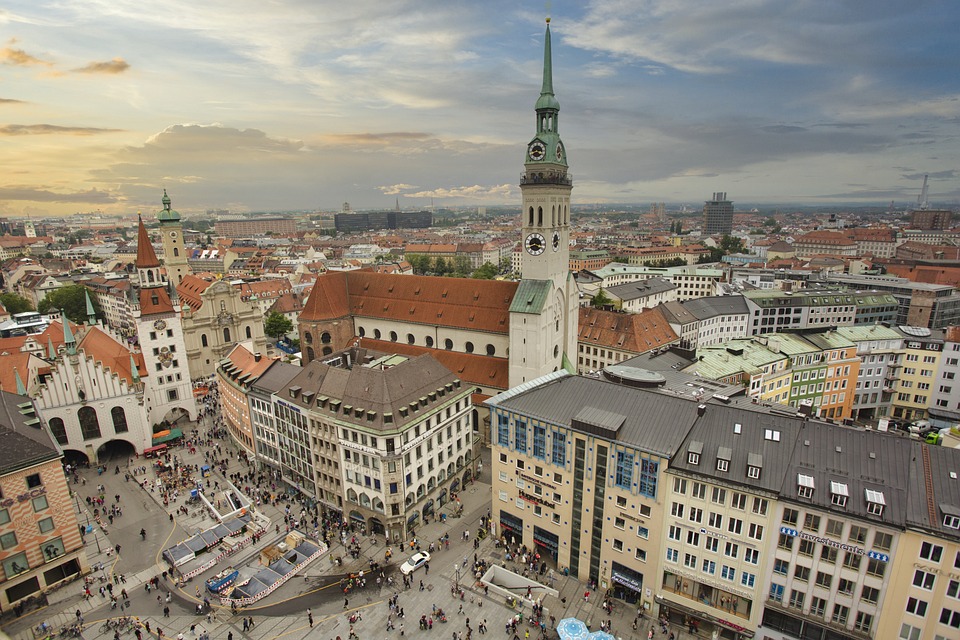
Through service, Father Rupert Mayer lived out the Vision of God.
The Bible extols service that is expressed by love for God and for our neighbor.
In 1912, Father Rupert Mayer returned to Munich and devoted the rest of his life to its citizens.
He also served the migrants who came to the city from farms and small towns looking for work and a place to stay.
He was totally committed to helping and to preserving their Christian faith of people in a city that was increasingly becoming secular.
World War I
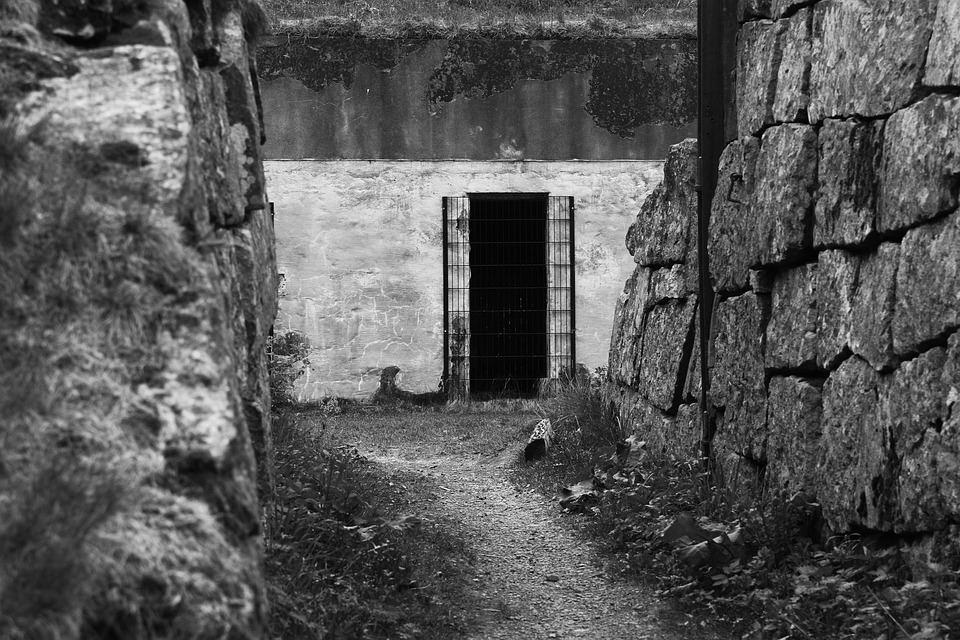
World War I began in 1914 and Father Mayer volunteered as an army chaplain, serving first in a camp hospital and later accompanying soldiers in France, Poland and Romania as a Field Chaplain.
As a dedicated Catholic priest, he faced the horrors of war on the front line of battle crawling from one wounded soldier to the next to give them spiritual councelling and administering the Sacraments to those in need.
For his courage and bravery, Father Rupert Mayer became the first chaplain to be awarded Germany's famous military insignia, the Iron Cross in December 1915.
In 1916, he was severely wounded from a grenade attack that his left leg had to be amputated.
He was fitted with a prosthetic leg and a cane to help him walk freely.
In 1921 Father Mayer became leader of the men's Sodality (fellowship) in Munich which increased membership and required him to travel all over the city to give talks.
The Sodality (Marian group within the St. Augustine community, with a special devotion to the Blessed Virgin Mary) encourages members to pray, read spiritual texts and to practice the virtues of mercy and to serve in charitable work for others.
Father Rupert Mayer also introduced Sunday Masses at the main railroad terminal in Munich for the convenience of travelers so they will always dwell in the Presence of the Divine.
Post World War I
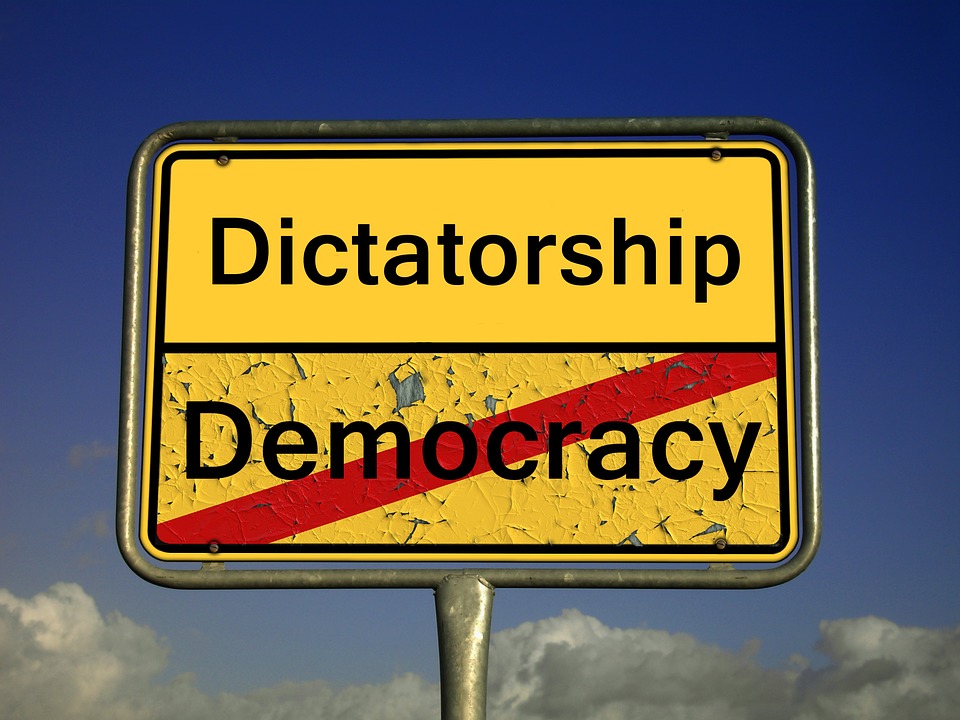
Post World War I saw the rise of totalitarian regimes and dictators come to power.
1. Russia became communist in 1918.
2. Italy became fascist in 1922.
3. Germany became fascist in 1933.
4. Japan moved into ultranationalism and fascism during the 1930s.
Fascism believes in an extreme form of nationalism.
Communism focuses on the spread of their beliefs worldwide.
Totalitarianism controls every part of public and private life of the citizens in that country.
It seeks to subordinate (lower the importance) all aspects of individual life to the authority of the state through:
*One political party
*Denying many individual rights
*Police terror for control and getting rid of any opposition
*Propaganda via the media to influence how people think.
Nazism
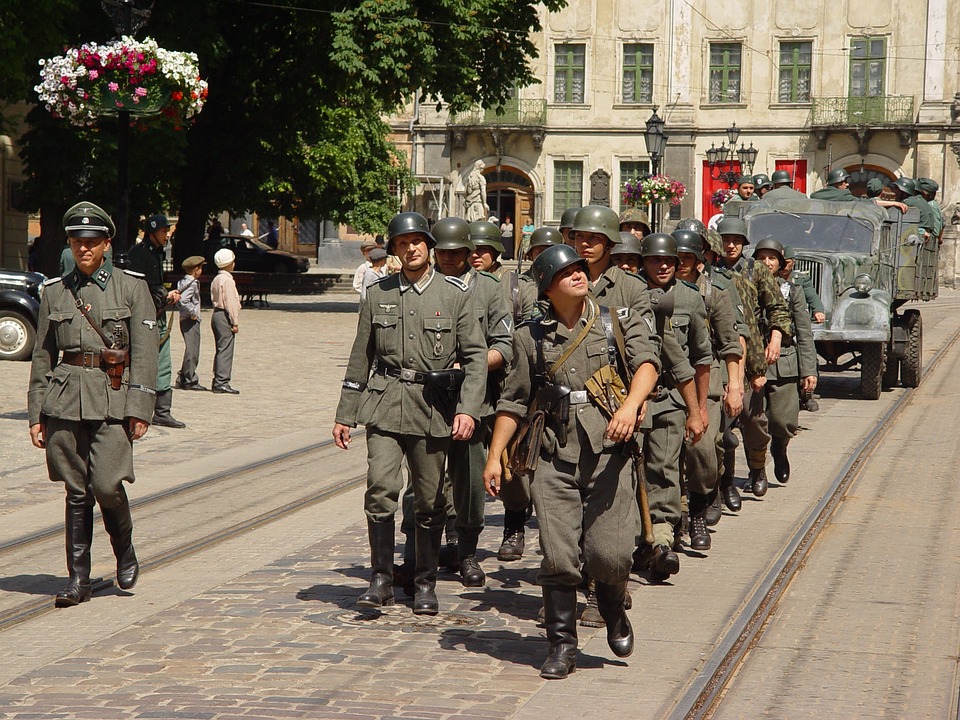
Nazism was a totalitarian movement led by Adolf Hitler as head of the Nazi Party that emerged in Germany following the years after World War I.
Its extreme nationalism and dictatorial rule had disdain for democracy and the parliamentary system.
The onset of the 1929 Great Depression, the rising power of labor unions and radical communists gave rise to the Nazis becoming the largest party in the German parliament in 1932.
Father Rupert Mayer began attending Nazi meetings from as early as the 1920s to raise Catholic principles and to point out the evil falsehoods of Nazi speakers.
Germany Between the Wars
The interwar period from the end of World War I to the beginning of World War II brought economic misery and fear of worse times to come in Germany.
There was seething resentment of the Treaty of Versailles that punished Germany which fueled the rise of Adolf Hitler.
Hitler used effective propaganda, the promise of jobs and strength when the German people were at their weakest that enabled his Nazi Party to command sufficient support.
The number of Nazi seats rose from 12 in 1928 to 230 in July 1932 to make it the largest political party in the German Reichstag.
On January 30, 1933, President Paul von Hindenburg appointed Adolph Hitler, Chancellor, marking a significant turning point for Germany and ultimately, for the world.
Protest against the Nazis
Father Mayer believed that a Catholic could not be a Nazi.
Nazi ideology could not accept an autonomous establishment, whose legitimacy did not come from the state.
Conflict would inevitably arise between him and the Nazis.
The long-term plan of Nazism was to de-Christianize Germany.
This plan began from 1933, when they began to close church-affiliated schools and held anti-Catholic propaganda trials.
Welfare institutions were transferred to state control and clergy were watched or arrested and sent to Nazi concentration camps.
Father Mayer spoke from the pulpit of St. Michael's in Munich against Nazi church policy and condemned their evil in his lectures.
He preached that “It is better to take refuge in the LORD than to trust in man.”
God's trust does not waver, while a person's trust can, as we are only human.
“Let not your hearts be troubled. Believe in God; believe also in me.”
- Jesus Christ
Prison
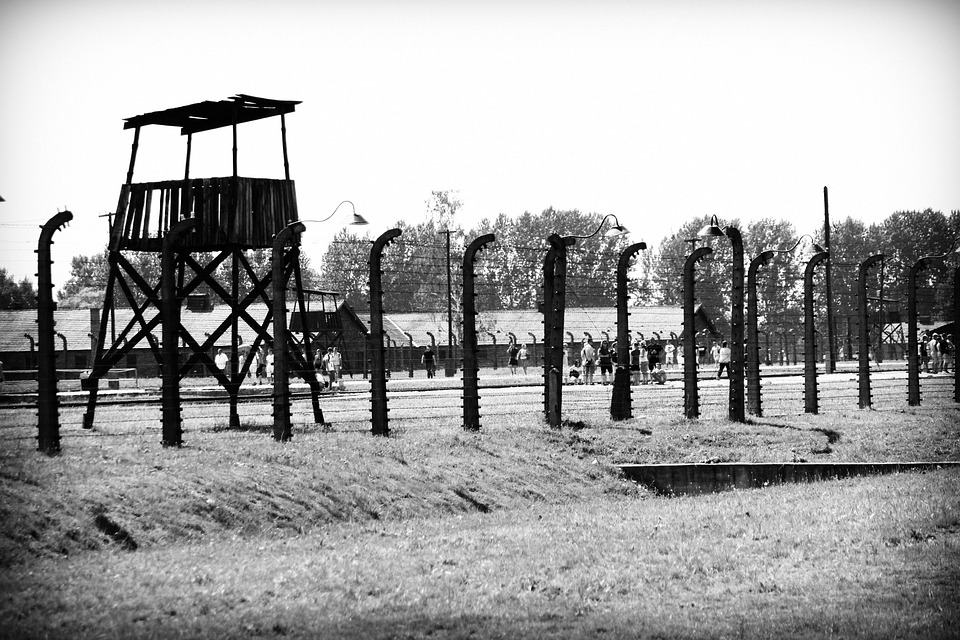
As the Nazis were fearful of the powerful influence Father Rupert Mayer had on people, the Gestapo ordered him on 16 May 1937, to stop speaking in public which he obeyed, but he continued to preach in church.
His continued protests against the Nazis landed him in Landsberg Prison,about 65 kilometres (40 mi) west-southwest of Munich, several times.
Ironically, in 1924 Adolf Hitler spent 264 days in Landsberg after being convicted of treason following the Beer Hall Putsch in Munich.
During his imprisonment, he wrote his book, Mein Kampf with assistance from his deputy, Rudolf Hess.
Landsberg Prison was also used by the Allied powers during the Occupation of Germany (from the Berlin Declaration on 5 June 1945 to the establishment of West Germany on 23 May 1949) for holding Nazi War Criminals.
On 5 June 1937, he was arrested and placed in "protective custody" in Stadelheim Prison for six weeks.
On 3 November 1939, he was arrested again and sent to Sachsenhausen concentration camp under the 19th-century, Kanzelparagraphen laws that forbade the clergy to make political statements.
From late 1944, he was interned in the Benedictine Ettal Monastery (founded on 28 April, 1330) in Bavaria because the Nazis were afraid that he would die in the concentration camp, and thus become a martyr.
Father Mayer remained there until he was liberated by American forces in May 1945.
A United States officer returned him to Munich, where he resumed his duties at St. Michael's Church.
Father Rupert Mayer
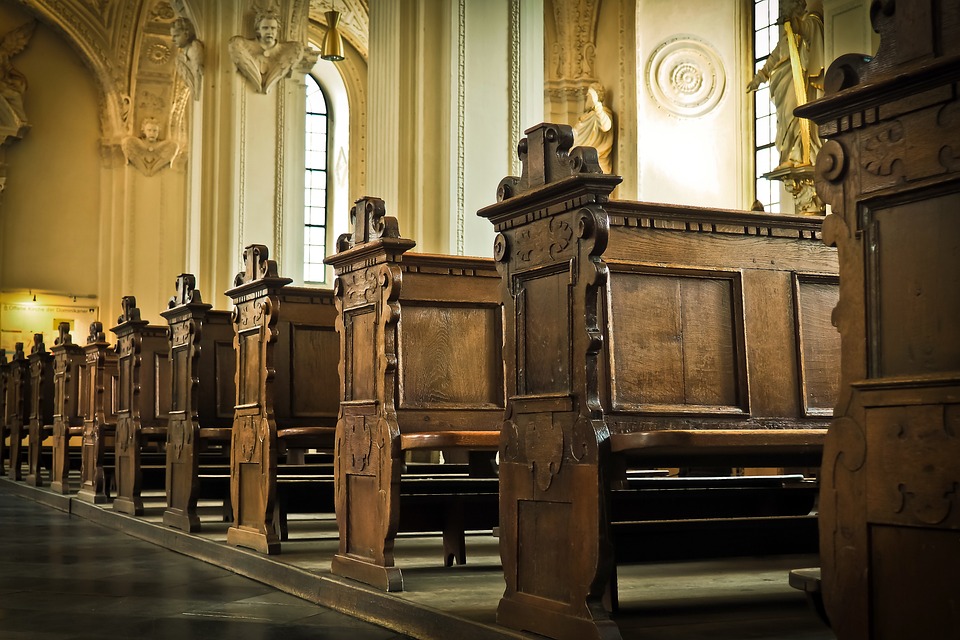
On Nov 1, 1945 Father Rupert Mayer was celebrating the 8.00 am Mass on the Feast of All Saints Day in St Michael’s in Munich.
After reading the Gospel, he began his sermon about the Saints in Heaven and a Christian’s duty to imitate them to gain the Kingdom of Heaven.
In the middle of his sermon, his humble heart stopped, and the sixty-nine year old Father Rupert Mayer collapsed and died.
His last words were "Lord, Lord, Lord."
Father Mayer was first buried in the Jesuit cemetery in Pullach outside Munich accompanied by thousands of mourners.
In 1948, his remains were brought back into the city of Munich and interred in the crypt of the Unterkirche of the Bürgersaalkirche, the church next to St Michael’s, where the men’s Sodality regularly met.
Veneration

Father Rupert Mayer - The Apostle of Munich
Since his death in 1945, Father Mayer's followers called for his beatification.
Timeline to Beatification
*1950
Cardinal Michael von Faulhaber opened the process in the Archdiocese of Munich and Freising.
*1951
Jesuit provincial Otto Faller formally forwarded the beatification information to Rome.
*1956
Pope Pius XII awarded Father Rupert Mayer the title, Servant of God.
*1971
Pope John XXIII, the beatification process was initiated and was formally accepted by Pope Paul VI.
*1983
Pope John Paul II issued the decree of 'heroic virtue.'
3 May, 1987
Father Rupert Mayer was beatified by Pope John Paul II in Munich.
His feast day is 3 November.
In 1988 he was pictured on a German postage stamp with Edith Stein in honor of their beatifications.
*Edith Stein
Edith Stein (Saint Teresa Benedicta of the Cross - (12 October 1891 – 9 August 1942) was a German Jewish philosopher who converted to Christianity and became a Discalced Carmelite nun in 1933.
She is canonized as a Martyr and Saint of the Catholic Church and is also one of six Patron Saints of Europe.
She died in the Auschwitz gas chambers along with her sister, Rosa in 1942.
In 2014 a movie was made of his life, called "Father Rupert Mayer" starring Oliver Gruber.
The movie can be seen on YouTube.
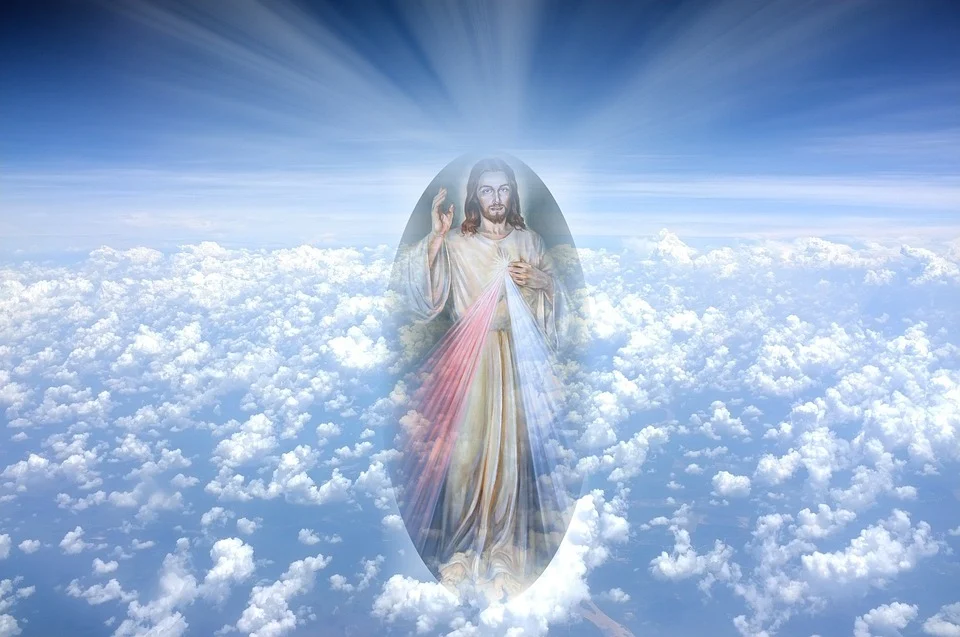
Ezine Articles Author Link
Click on the Link Below

Newsletter Opt-in-Form
The Keen Traveler
Your second block of text...
Recent Articles
-
The Power of Money
Mar 23, 25 03:53 AM
The power of money provides financial security, enables one to fulfill financial needs, improves the quality of life and gives peace of mind during unexpected financial emergencies. -
Simplicity tranquility and enlightenment
Mar 16, 25 06:01 AM
Simplicity tranquility and enlightenment empowers the individual to live lighter and to add value to life through meaningful goals. -
Faith History and Culture
Jan 02, 25 12:48 AM
Faith history and culture have impacted human history in all places and times.


